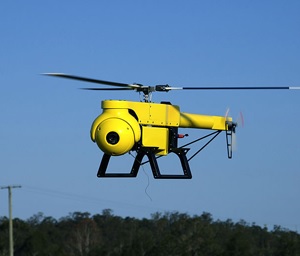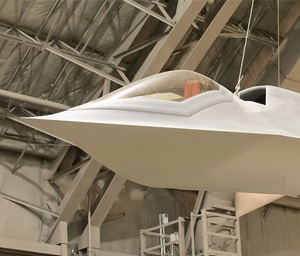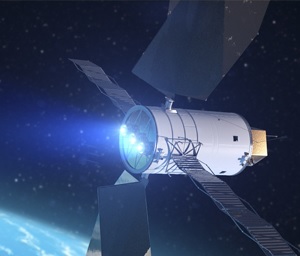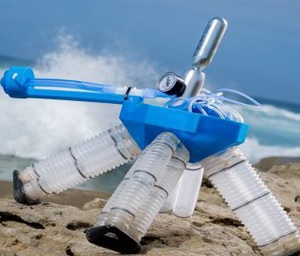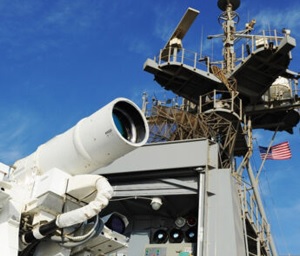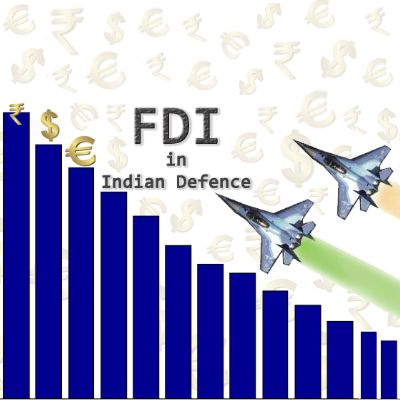The Role of Advanced Technologies in Modern Defence Systems 11 June 2024
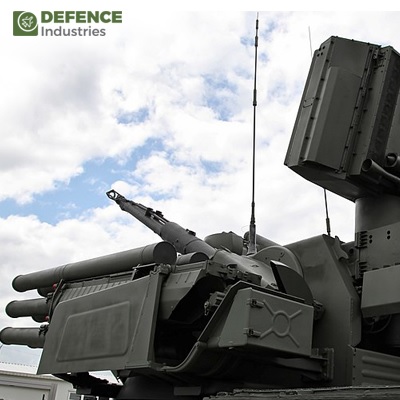
In the domain of modern defence, the integration of advanced technologies has reshaped the landscape of national security strategies. From unmanned aerial vehicles (UAVs) and artificial intelligence (AI) to cyber defence systems and hypersonic weapons, the arsenal of advanced technologies plays a pivotal role in safeguarding borders, enhancing military capabilities, and maintaining a strategic advantage in an ever-evolving global scenario.
Unmanned Aerial Vehicles (UAVs) and Drones:
Unmanned aerial vehicles (UAVs) and drones have emerged as game-changers in modern defence operations. These remotely piloted aircraft offer a myriad of functionalities, ranging from reconnaissance and surveillance to precision strikes. UAVs equipped with high-resolution cameras and sensors provide real-time intelligence gathering capabilities, allowing military forces to monitor enemy activities, assess threats, and plan strategic maneuvers without risking human lives.
Additionally, armed drones have the capability to conduct precise airstrikes on enemy targets with minimal collateral damage, making them invaluable assets in modern warfare scenarios.
Artificial Intelligence (AI) and Machine Learning (ML):
The advent of artificial intelligence (AI) and machine learning (ML) has revolutionized the defence sector by enabling autonomous decision-making processes and enhancing predictive analysis capabilities. AI-powered algorithms can analyze vast amounts of data, identify patterns, detect anomalies, and predict potential threats with a high degree of accuracy. This proactive approach to threat detection and response enhances overall defence readiness and allows military forces to stay ahead of evolving security challenges. Furthermore, AI and ML technologies are increasingly being integrated into unmanned systems, cyber defence systems, and logistical operations, further enhancing operational efficiency and effectiveness.
Cybersecurity Solutions:
In an era dominated by digital connectivity and information exchange, cybersecurity has become a paramount concern for defence establishments worldwide. Advanced cybersecurity solutions leveraging technologies such as blockchain, encryption, and biometrics are essential in safeguarding military networks, critical infrastructure, and sensitive data from cyber threats. These solutions not only protect against unauthorized access and data breaches but also ensure the integrity and confidentiality of classified information. Additionally, cyber defence strategies encompass proactive threat hunting, incident response capabilities, and continuous monitoring to detect and neutralize cyber threats in real time.
Stealth Technology:
Stealth technology has significantly transformed the capabilities of military aircraft, naval vessels, and ground-based systems by reducing their detectability to enemy radar and sensors. Stealth aircraft, characterized by their low radar cross-section and advanced avionics, can operate covertly in hostile environments, conduct surprise attacks, and evade enemy defences effectively. Similarly, stealth technology applied to naval vessels and ground vehicles enhances their survivability and operational effectiveness in contested environments. The integration of advanced stealth capabilities ensures that military assets can operate with reduced risk of detection and interception, thereby maintaining a strategic advantage on the battlefield.
Hypersonic Weapons:
The development of hypersonic weapons represents a paradigm shift in military technology, offering unprecedented speed, maneuverability, and precision in strike capabilities. Hypersonic missiles, with velocities exceeding Mach 5, can evade traditional missile defence systems and strike targets with remarkable speed and accuracy. These hypersonic weapons significantly reduce response times, enhance deterrence capabilities, and enable rapid, precise strikes on high-value enemy assets. Moreover, ongoing advancements in hypersonic technology are focused on developing hypersonic glide vehicles (HGVs) and hypersonic cruise missiles (HCMs) with enhanced range, maneuverability, and lethality, further bolstering military capabilities in contested environments.
Space-based Technologies:
Space-based technologies play a pivotal role in modern defence systems, providing critical capabilities such as satellite communications, global positioning, remote sensing, and early warning systems. Military satellites enable secure and reliable communication channels, facilitate precise navigation and targeting, and deliver real-time intelligence and surveillance capabilities. Additionally, space-based assets are instrumental in monitoring strategic developments, tracking ballistic missile launches, and providing early warning alerts to detect and respond to potential threats. The integration of space-based technologies into defence operations enhances situational awareness, command and control capabilities, and decision-making processes, thereby improving overall defence readiness and effectiveness.
Robotics and Autonomous Systems:
The proliferation of robotics and autonomous systems has transformed military operations by enhancing capabilities in logistics, reconnaissance, surveillance, and combat support. Unmanned ground vehicles (UGVs), aerial drones, and autonomous robots play a crucial role in reducing human exposure to high-risk environments, improving operational efficiency, and providing real-time situational awareness on the battlefield. These robotic systems can perform tasks such as mine clearance, route clearance, cargo transport, and reconnaissance missions with precision and reliability, thereby augmenting the capabilities of military forces in diverse operational scenarios. Furthermore, advancements in AI and sensor technologies are driving the development of intelligent autonomous systems capable of adaptive decision-making and collaborative operations, further enhancing the versatility and effectiveness of robotic platforms in modern defence operations.
Directed Energy Weapons (DEWs):
Directed energy weapons (DEWs) represent a cutting-edge technology that offers precise and effective means of countering threats such as unmanned aerial vehicles (UAVs), missiles, and enemy aircraft. DEWs, including laser weapons and microwave weapons, deliver concentrated energy beams capable of disabling or destroying targets with pinpoint accuracy. These energy-based weapons offer rapid response capabilities, reduced logistical requirements, and enhanced cost-effectiveness compared to traditional kinetic weapons systems. DEWs are particularly effective against emerging threats such as swarming drones, ballistic missiles, and hypersonic glide vehicles, making them integral components of modern defence systems.
In conclusion, the role of advanced technologies in modern defence systems is multifaceted and crucial in addressing evolving security challenges, enhancing military capabilities, and maintaining strategic superiority. From unmanned systems and artificial intelligence to cyber defence solutions and space-based assets, these technologies form the backbone of contemporary defence strategies. Embracing innovation, collaboration, and continuous technological advancements is imperative for nations to effectively safeguard their national interests, deter potential threats, and ensure peace and stability in an increasingly complex global environment.



